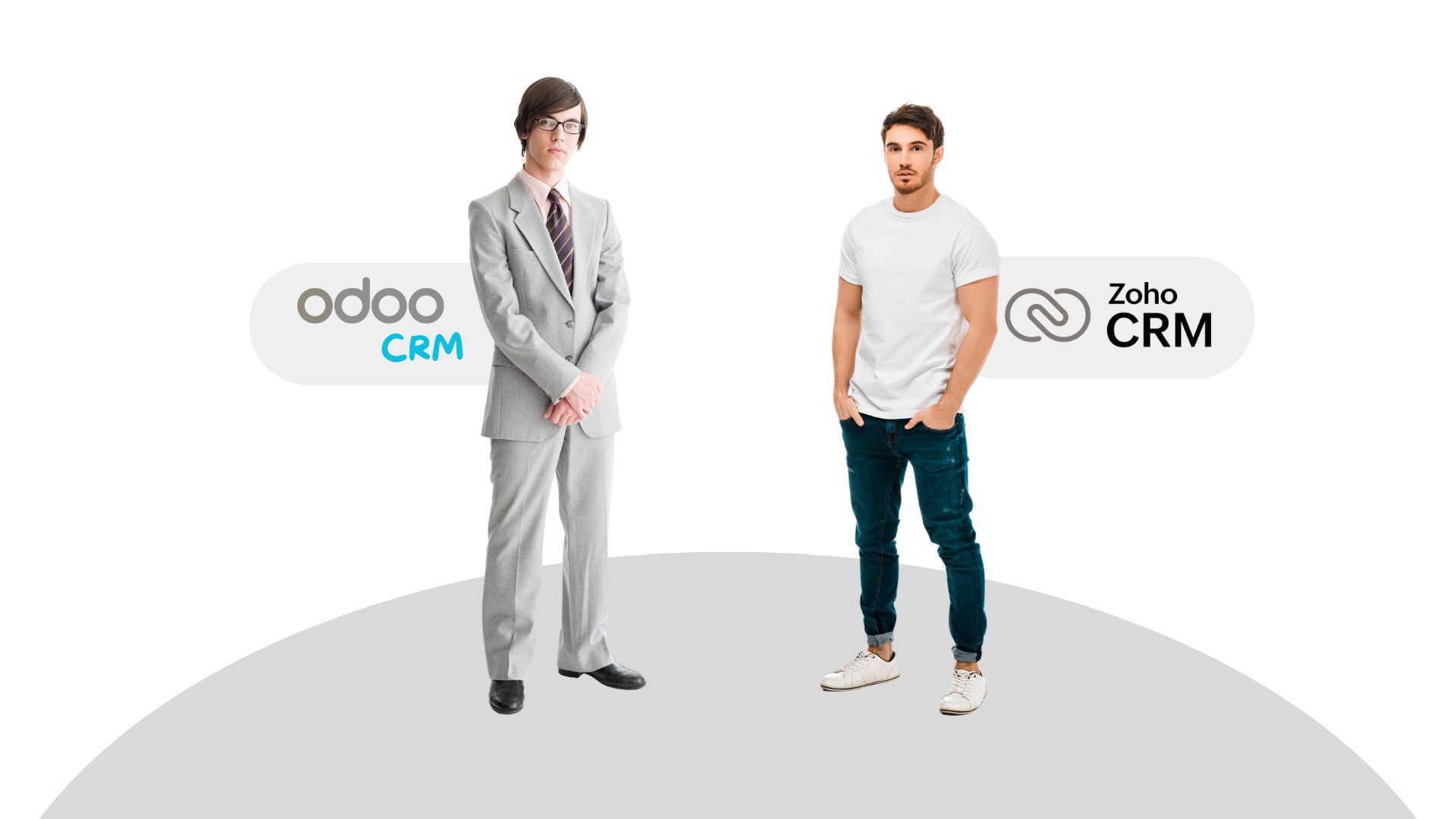Introduction:
In the digital age, having a website in Mauritius is just the beginning for businesses. The true challenge lies in making that website work tirelessly for your company, turning visitors into leads, and leads into loyal customers. This is where Conversion Rate Optimization (CRO) steps in—a strategic approach yet to be fully leveraged by many local firms.
If you’re on the cusp of developing a new website, looking to enhance your current site’s performance, or aiming to amplify your campaign returns, understanding CRO is crucial. This guide demystifies CRO, showing how it can be your secret weapon in the competitive digital landscape.
What is Conversion Rate Optimisation (CRO)?
At its core, CRO is the systematic process of increasing the percentage of website visitors who take a desired action, for example:
- filling out a form
- subscribing to a newsletter,
- or making a purchase.
It involves understanding how users navigate your site, what actions they take, and what’s stopping them from completing your goals. By analyzing this behavior, businesses can make data-driven decisions to modify and enhance their website’s elements for optimum performance.
Conversion Optimised Website v/s Standard Website (Not Optimised for conversion)
| Website with CRO | Website Without CRO | |
|---|---|---|
| User Engagement | High engagement through tailored user experiences and interactive elements. | Generic user experiences that may not fully capture or retain visitor interest. |
| Conversion Rates | Significantly higher due to optimized call-to-action placements and persuasive design elements. | Potentially lower as a result of non-optimized CTAs and unclear user pathways. |
| Bounce Rate | Reduced through engaging content and intuitive navigation that keeps users on the site longer. | Higher bounce rates due to lack of engagement or confusing site structure. |
| ROI on Marketing Spend | Enhanced, as a higher converting site maximizes the value of every visitor, leading to a better return on marketing investments. | Lower, as non-optimized sites may waste potential leads and marketing dollars. |
| Customer Insights | Deeper, thanks to data-driven optimizations that reveal user preferences and behaviors. | Surface-level, with limited insights into how users interact with the site or what changes could improve performance. |
| Adaptability to Market Changes | Agile, with continuous data analysis allowing for quick adaptation to new trends or user feedback. | Slower, as changes are often made based on guesswork rather than solid data. |
| Long-Term Growth | Accelerated, as ongoing optimizations ensure the website evolves with your business and market demands. | Stagnant or slow, with updates less frequent and potentially less impactful without a strategic approach. |
Implementing CRO for Maximum Impact:
- Start with a Clear Goal: Identify what you want to achieve with your website. Is it more inquiries, sign-ups, or direct sales?
- Engage a Professional: Consider partnering with a CRO expert who understands the Mauritian market and can tailor strategies to your specific industry needs.
- Measure and Iterate: CRO isn’t a one-off task. It requires ongoing measurement, analysis, and refinement to adapt to changing consumer behaviors and technological advancements.
Conclusion:
For businesses in Mauritius, embarking on a website development project or striving to enhance their online effectiveness, CRO is not just beneficial—it’s essential. It bridges the gap between having a digital presence and making that presence count. As you consider how to boost your website’s conversion rates and maximize your campaign efforts, remember that CRO is about understanding and optimizing for your audience’s journey. With the right approach and expertise, you can transform your website into a high-converting powerhouse that propels your business forward in the digital era.




